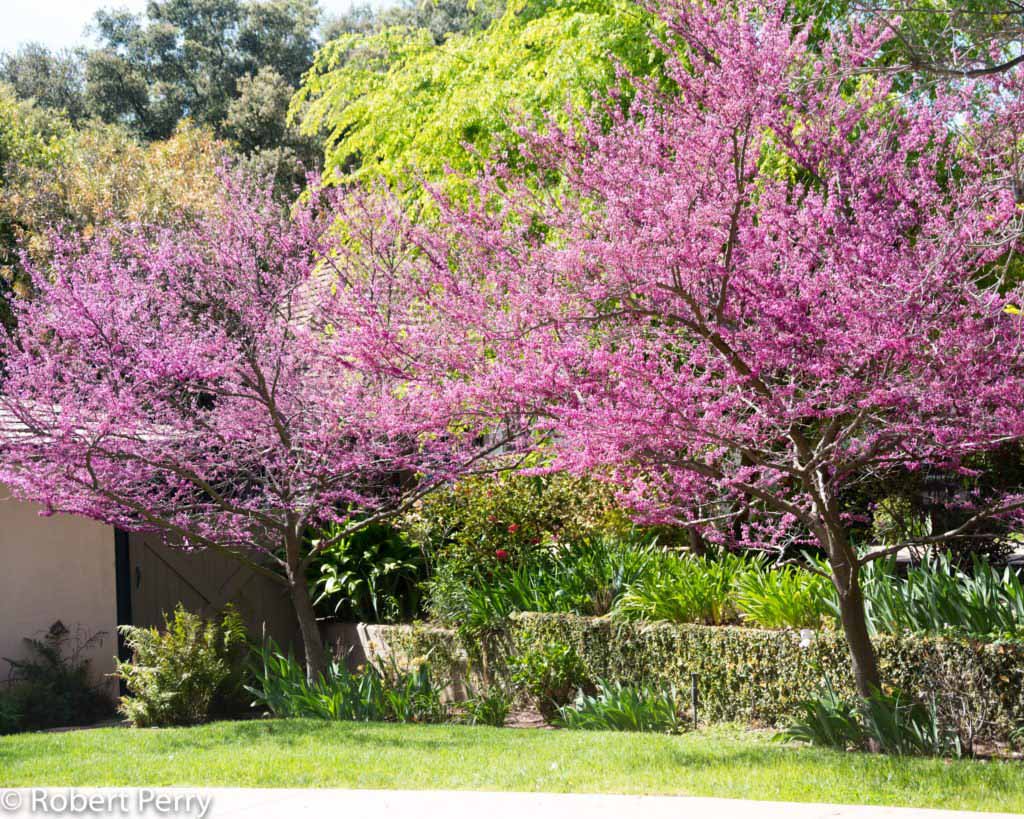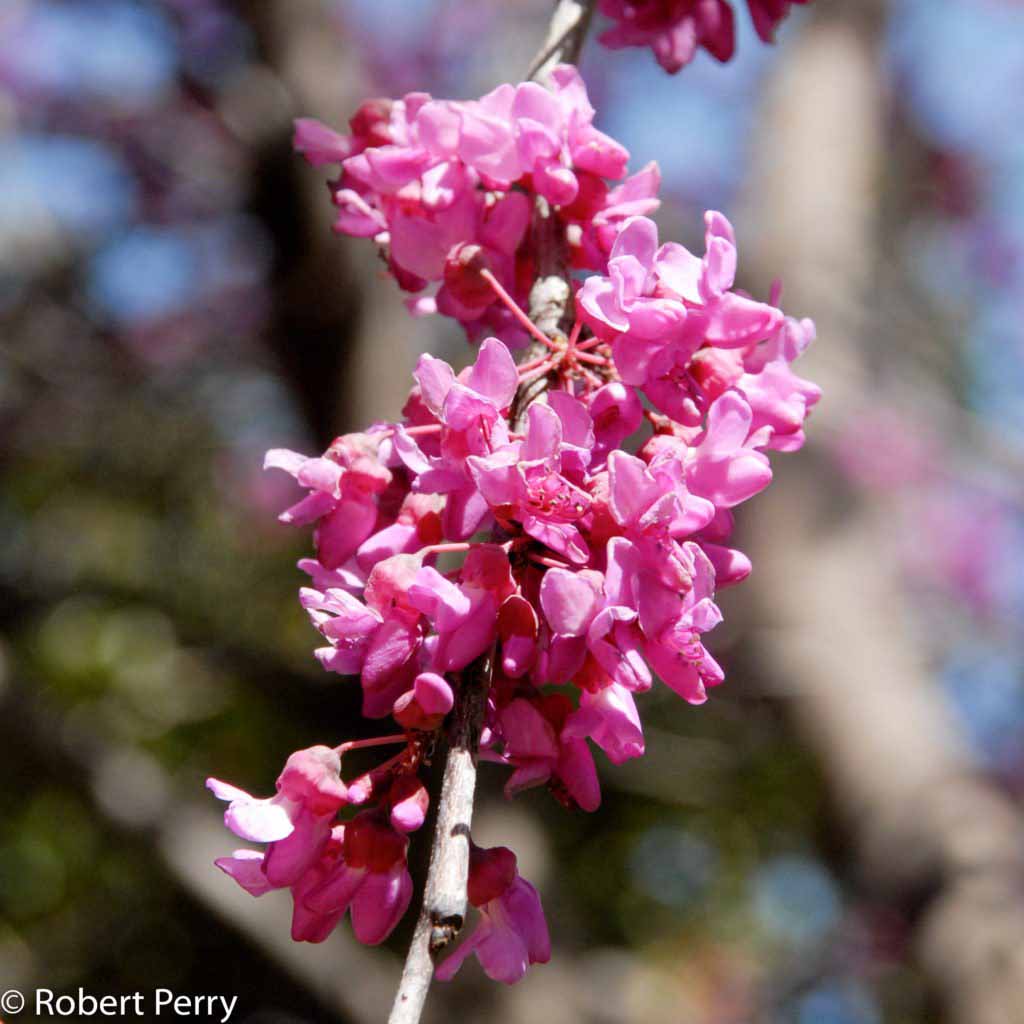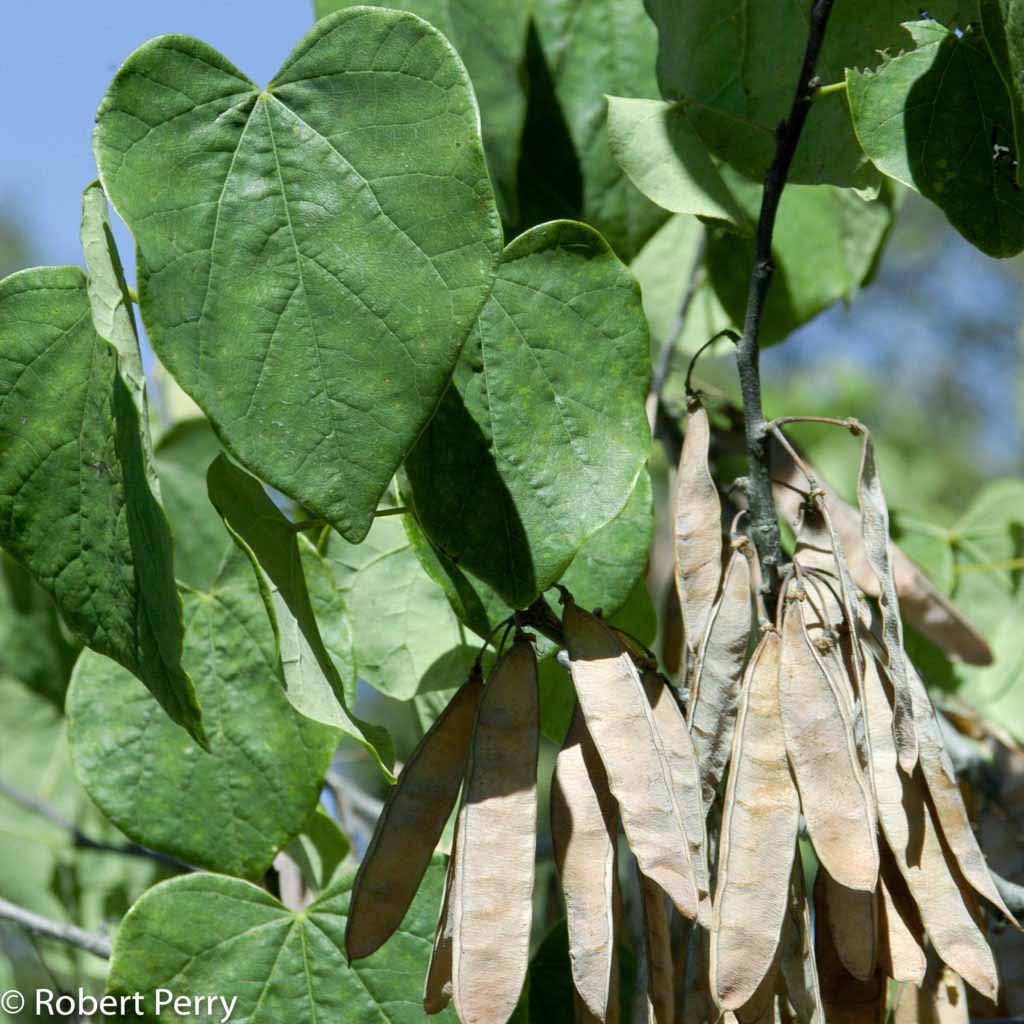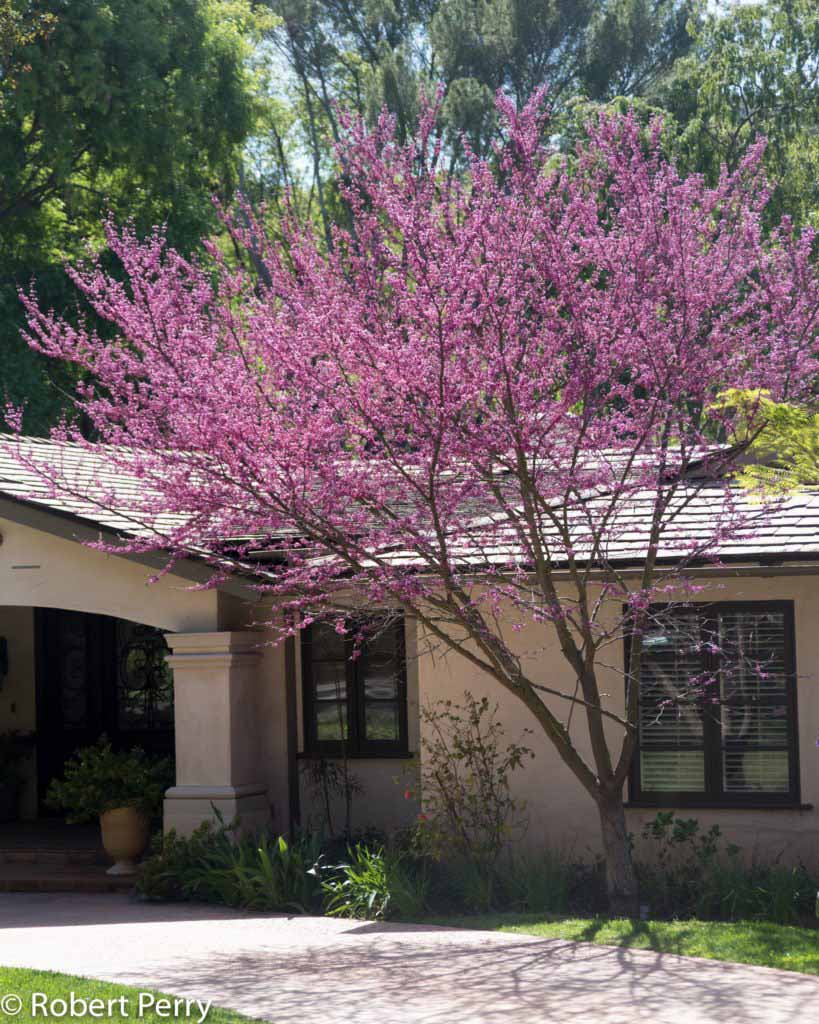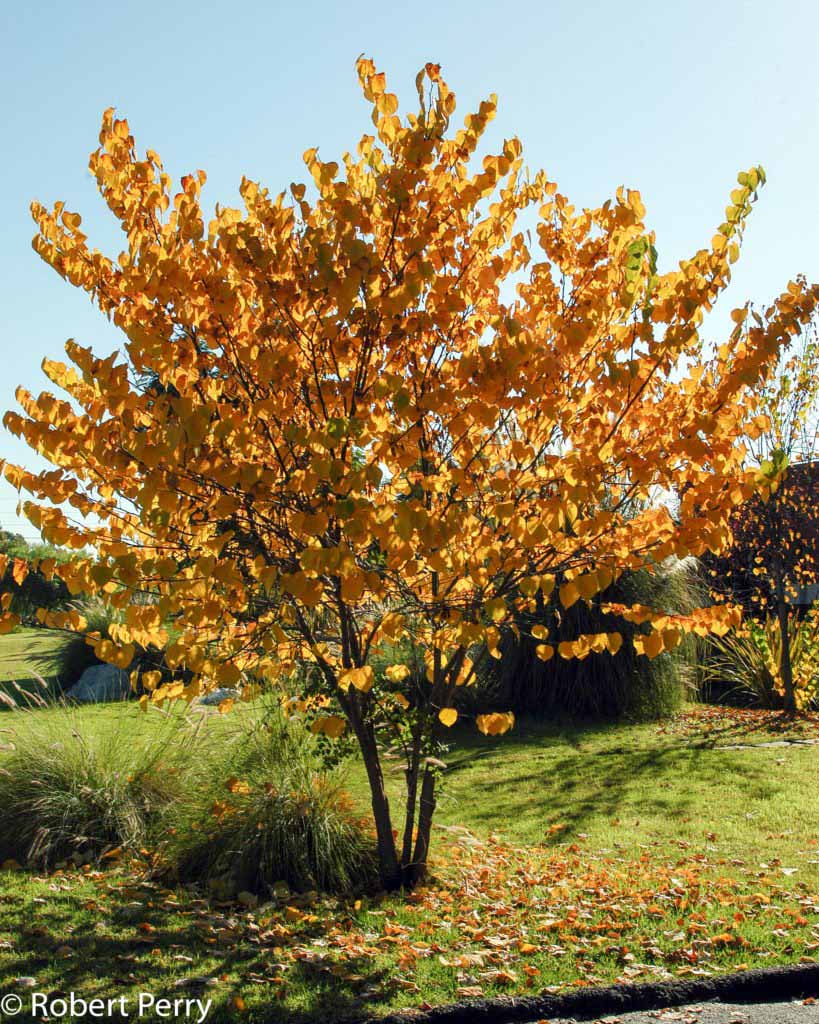If you are located in California, plant the closely related California native western redbud instead of this plant. This profile is primarily on this site as a reference for people who may already have an existing eastern redbud in their landscape and may want information about it.
Please note:
For most situations, we would not recommend installing this plant in new gardens, landscapes, or plantings in southern California.
This plant profile is included in this site as a reference for two primary reasons:
- If you already have this plant in your landscape, this information can be used to know how to care for it.
- If you already have this plant in your landscape, you can use this information to learn which of our recommended plants have the same recommended watering needs, making them potential choices for grouping together if you will be adding new plants to the existing area.
In general, instead of this plant, we recommend planting appropriate California native plants whenever possible.
In addition to their beauty, California native plants offer the most additional benefits beyond just low water use, including habitat for the birds, butterflies, and pollinators who evolved here with them. This adds value and beauty in your landscape beyond just a pretty plant, allowing the landscape to actively contribute to the environment instead of just using less water. You can find our top recommended native plant choices on our Plant Finder by selecting “California Native” and learn more about California native plants here.
To learn what exactly California native plants are and how they are different from other low water plants, visit this link.
For visual interest or other reasons, some people may also want to mix in other non-native low-water demanding plant choices even though they do not have the same ecological value as native plants. For that reason, we feature a number of non-native waterwise selections on this site as well. However, we see native plants as the best “go to” for most landscape or garden choices! We encourage people to consider planting at least 50% of their landscape to native plants. See our Garden Designs section or visit our Waterwise Demonstration Garden in Montclair for plenty of inspiration.
————————————————————————————————————————————————
Eastern redbud grows into a small to medium size deciduous tree, often with with a low branching habit, 25-35 ft. tall and as wide. Medium green leaves grow 3-6 in. across, and are heart-shaped with a long pointed tip. Clusters of magenta flowers occur in early spring and are followed by 3-4 in. long thin bean-type pods. Foliage turns bright yellow-gold in fall.
The Eastern redbud grows naturally throughout the eastern United States and in southern parts of Ontario, Canada. It commonly grows in hardwood forests as an understory plant in valleys, on slopes and in sandy loam soils. It is adapted to cold winters, snow, ample moisture and full sun to partial shade.
Eastern redbud has been available at nurseries and planted in southern California gardens even though it is not well adapted to hot summer sun, aridity and moisture stress. These conditions burn the leaves and can cause stem die-back, particularly during the long, warm fall seasons common to this region. The California native western redbud looks very similar and is well adapted for growing in southern California landscapes.
